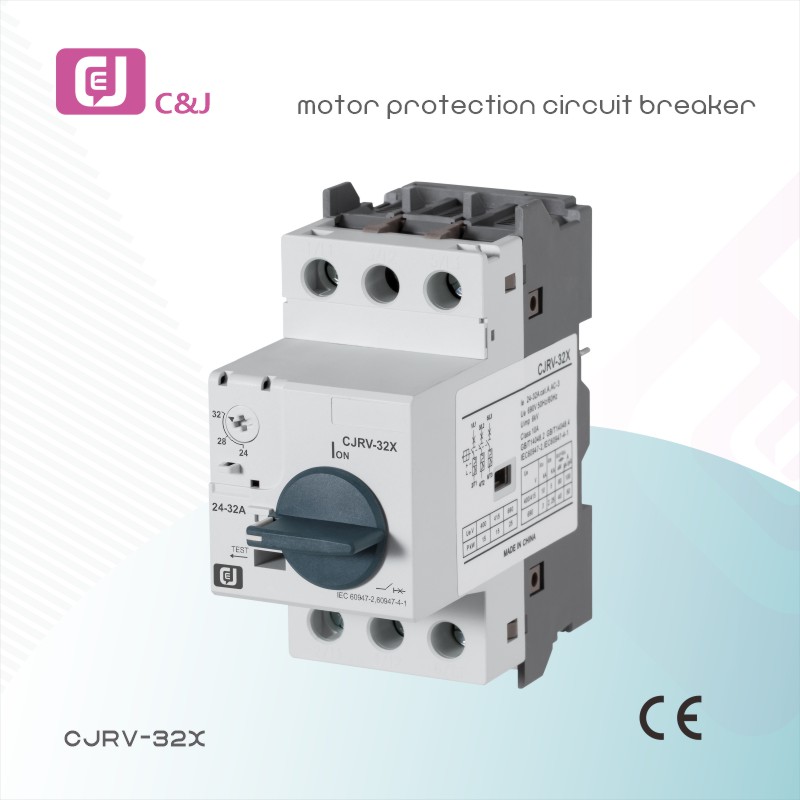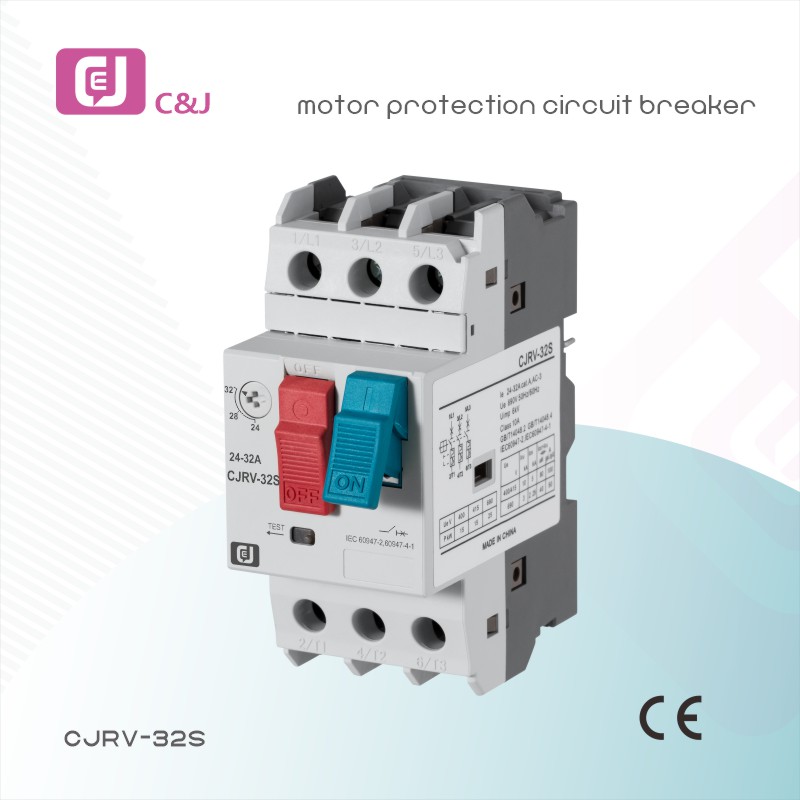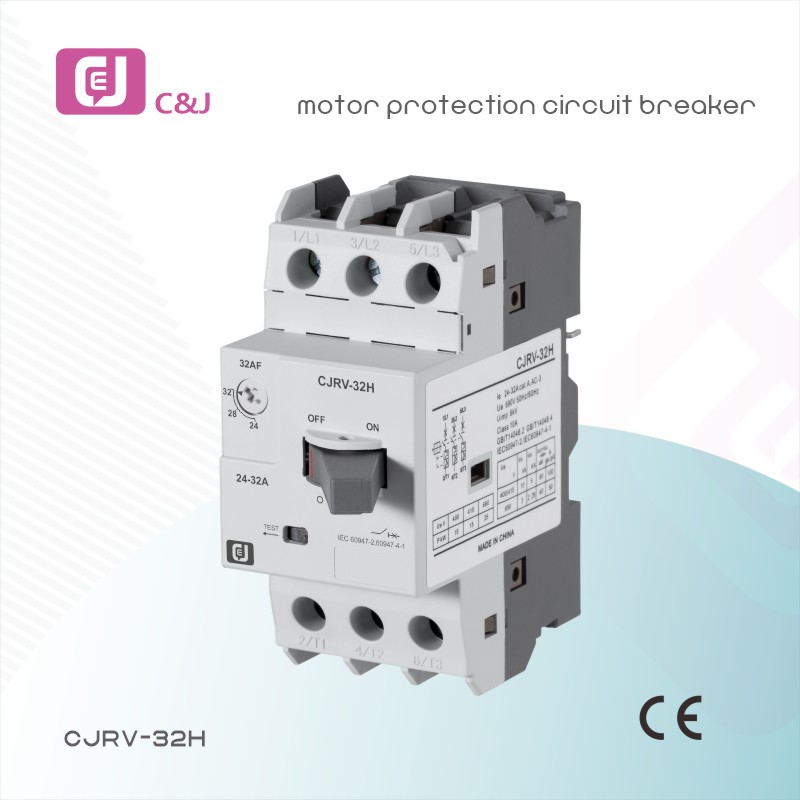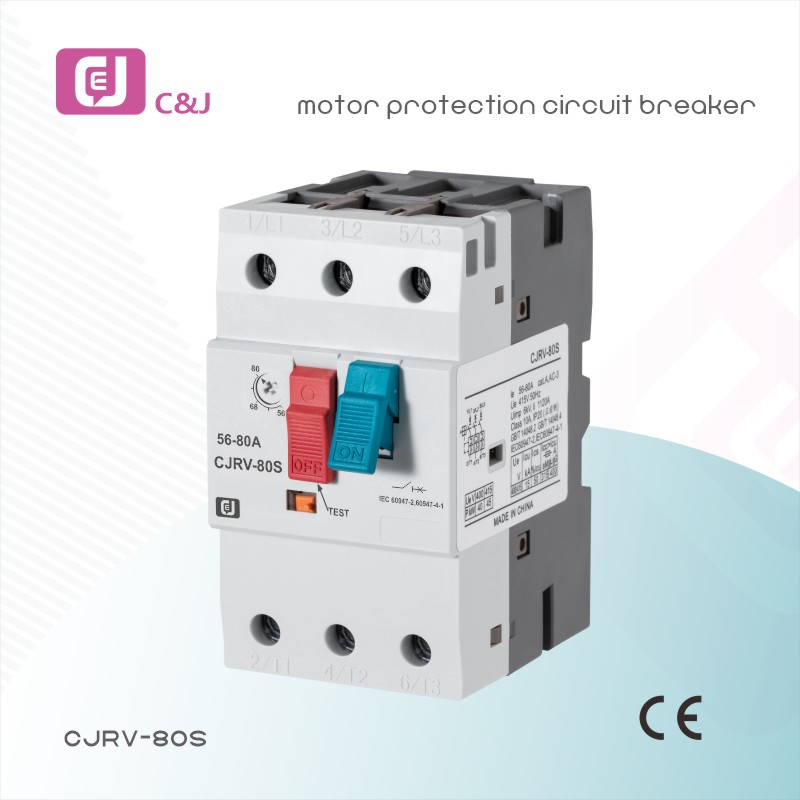Motor protection: ensuring the life and efficiency of electrical systems
In the world of electrical engineering, motor protection is a critical aspect that cannot be overlooked. Motors are the backbone of countless industrial and commercial applications, powering everything from conveyor belts to HVAC systems. However, without proper motor protection, these critical components are susceptible to a variety of failures, resulting in costly downtime and repairs. This article takes an in-depth look at the importance of motor protection, various common methods, and the benefits of implementing a strong protection strategy.
Understanding Motor Protection
Motor protection refers to measures and devices used to protect motors from damage caused by electrical faults, mechanical failures or environmental factors. The main goal of motor protection is to ensure that the motor operates efficiently and reliably throughout its service life. This includes monitoring motor performance and taking corrective action when necessary to prevent damage.
Common Threats to Electric Motors
Electric motors face many potential threats that could impair their functionality:
1. Overload: When a motor is subjected to a load that exceeds its rated capacity, it may overheat, causing insulation failure and eventually burn out.
2. Phase Failure: In a three-phase motor, the loss of one phase can cause the motor to draw excessive current from the remaining phases, resulting in overheating and damage.
3. Short circuit: Electrical faults may cause short circuits, which directly lead to serious damage to the motor windings.
4. Ground fault: A ground fault occurs when the current is out of its intended circuit, which can cause serious damage to the motor and pose a safety hazard.
5. Environmental factors: Dust, moisture and extreme temperatures can also adversely affect motor performance and life.
Motor protection method
To mitigate these risks, various motor protection methods and devices are used:
1. Overload Relay: These devices monitor the current flowing to the motor and if the current exceeds a predetermined threshold, disconnect the power supply to prevent overheating.
2. Phase Failure Relay: These relays detect phase loss and can automatically shut down the motor to prevent damage due to phase imbalance.
3. Short-circuit protection: Circuit breakers and fuses are often used to protect motors from short circuits by interrupting the current when a fault is detected.
4. Ground Fault Protection: The ground fault relay can detect leakage current and disconnect the motor from the power supply, protecting the motor and personnel from electrical hazards.
5. Temperature Sensors: These sensors monitor the temperature of the motor and trigger an alarm or shutdown if the temperature exceeds safe operating limits.
The benefits of effective motor protection
Implementing an effective motor protection strategy has many benefits:
1. Improved reliability: By protecting motors from potential threats, companies can ensure continued operations and reduce the likelihood of unexpected failures.
2. Cost savings: Preventing motor damage through protective measures can save significant costs associated with repairs, replacements and downtime.
3.Enhanced safety: Motor protection devices help mitigate the risks associated with electrical faults, ensuring a safer working environment for personnel.
4. Extend motor life: Effective motor protection can prevent overheating and other forms of damage, thereby significantly extending the service life of the motor.
5. Improved efficiency: Well-protected motors tend to run more efficiently, resulting in lower energy consumption and reduced operating costs.
In short
In summary, motor protection is an essential component of any electrical system that uses motors. By understanding potential threats and implementing appropriate protective measures, businesses can improve the reliability, safety, and efficiency of their operations. Investing in motor protection not only protects valuable equipment, but also helps develop a more sustainable and cost-effective operating strategy. As technology continues to evolve, understanding the latest advances in motor protection is essential to maintaining optimal performance in an increasingly competitive environment.
Post time: May-16-2025





